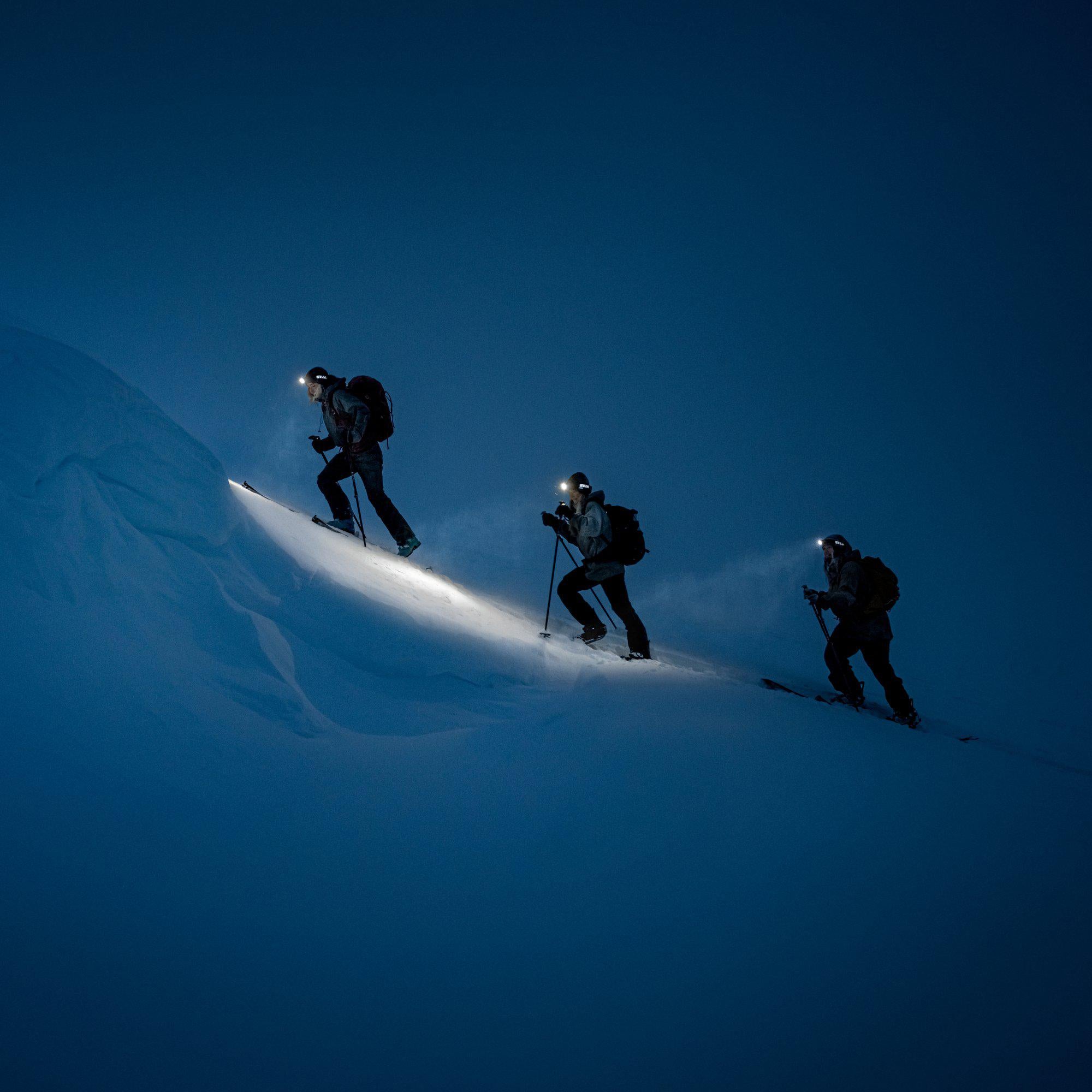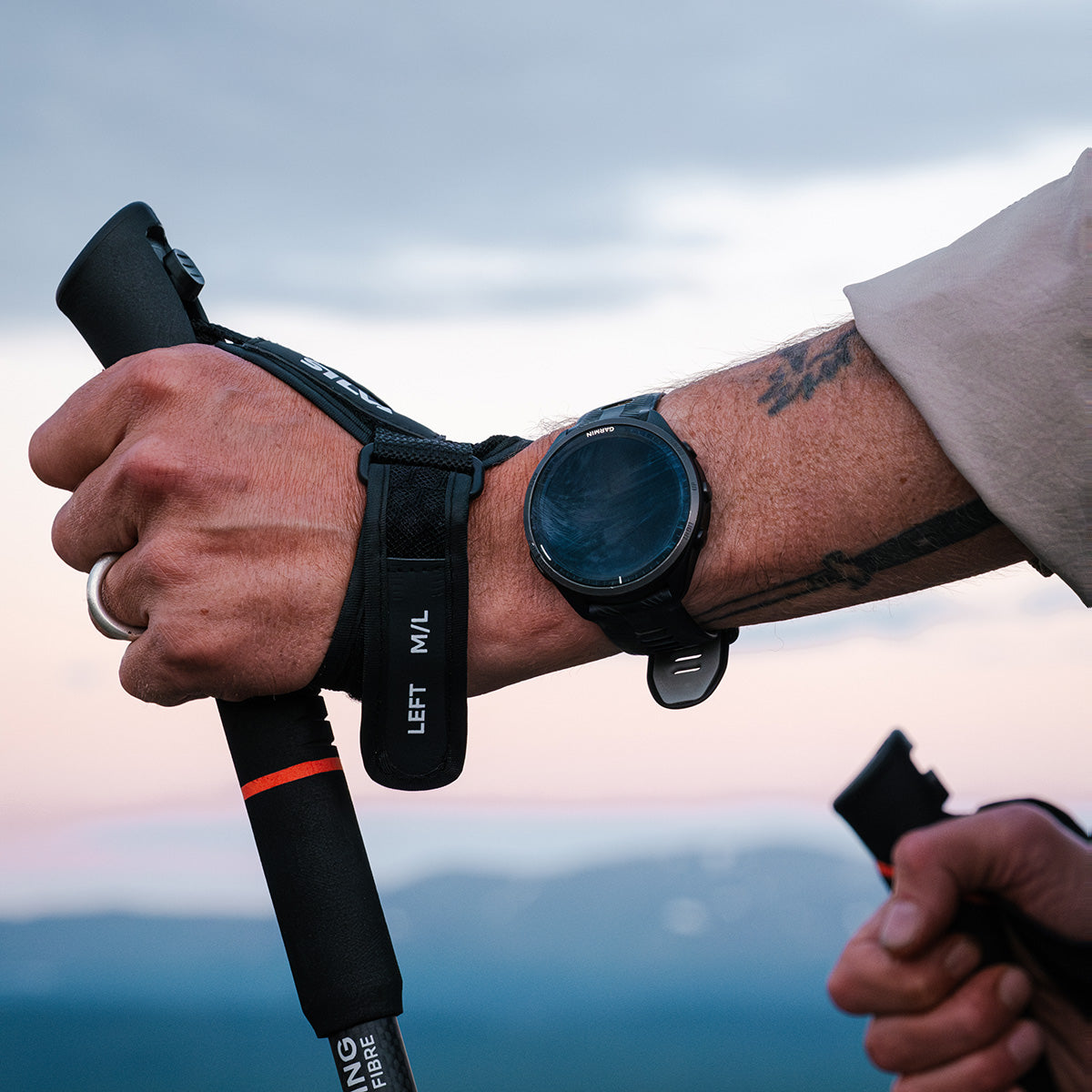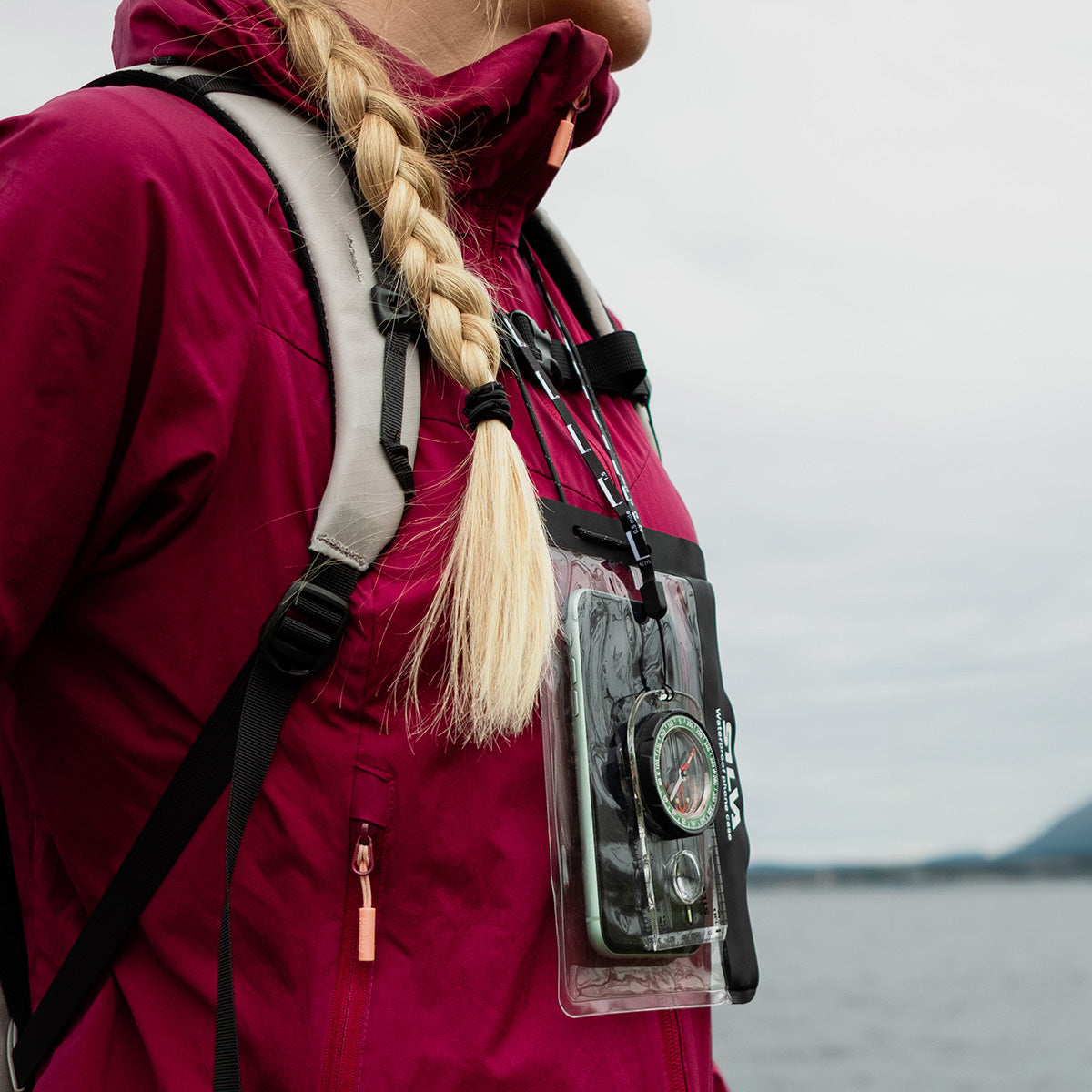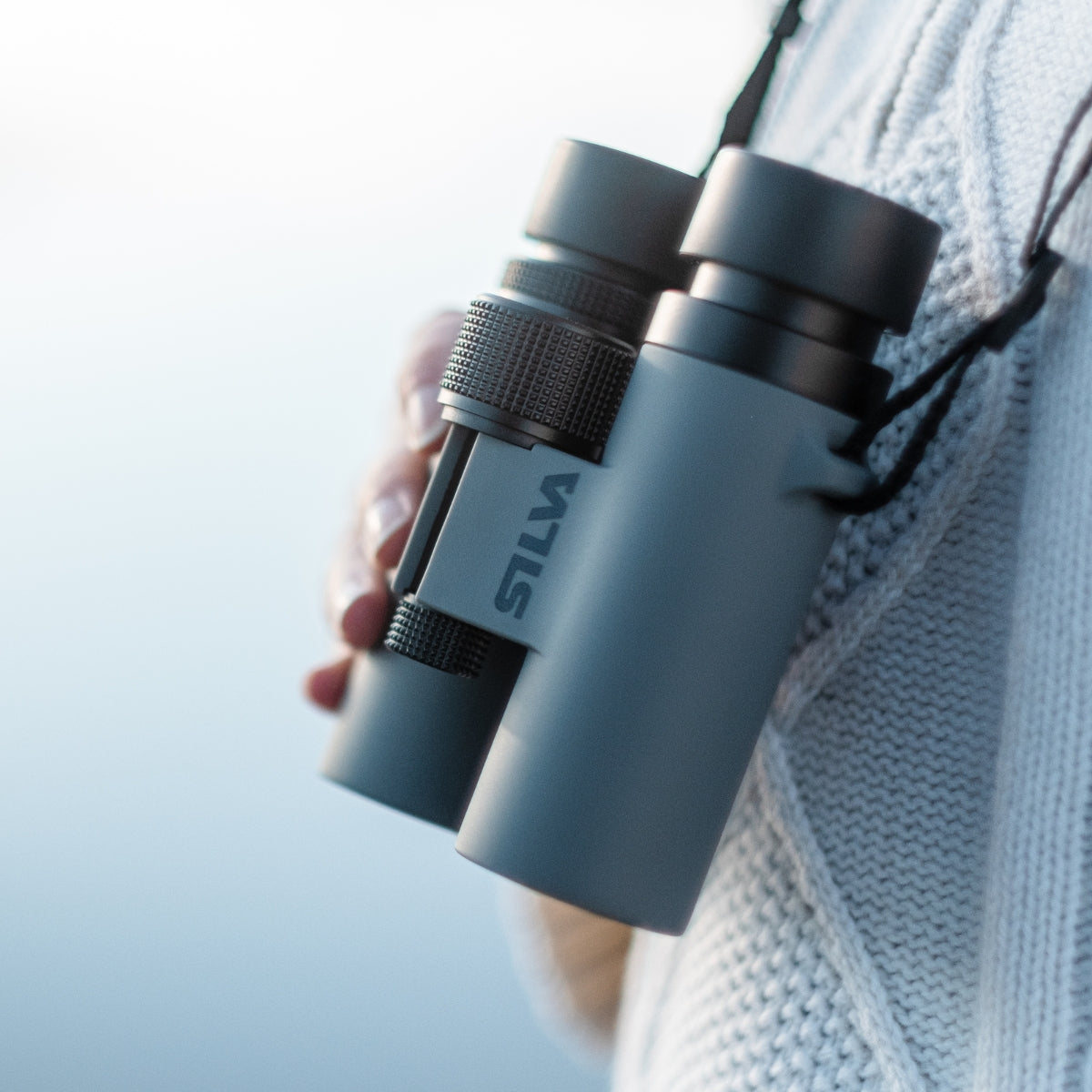MARINE GUIDE
DIFFERENT FUNCTIONS FOR DIFFERENT BOATS
Several of the functions of our boat compasses are consistent regardless of model, but there are things to keep in mind to get the most out of your compass. Some compasses are more suited to being read and navigated at high speeds - while others are adapted to navigate in rough seas on the open sea.
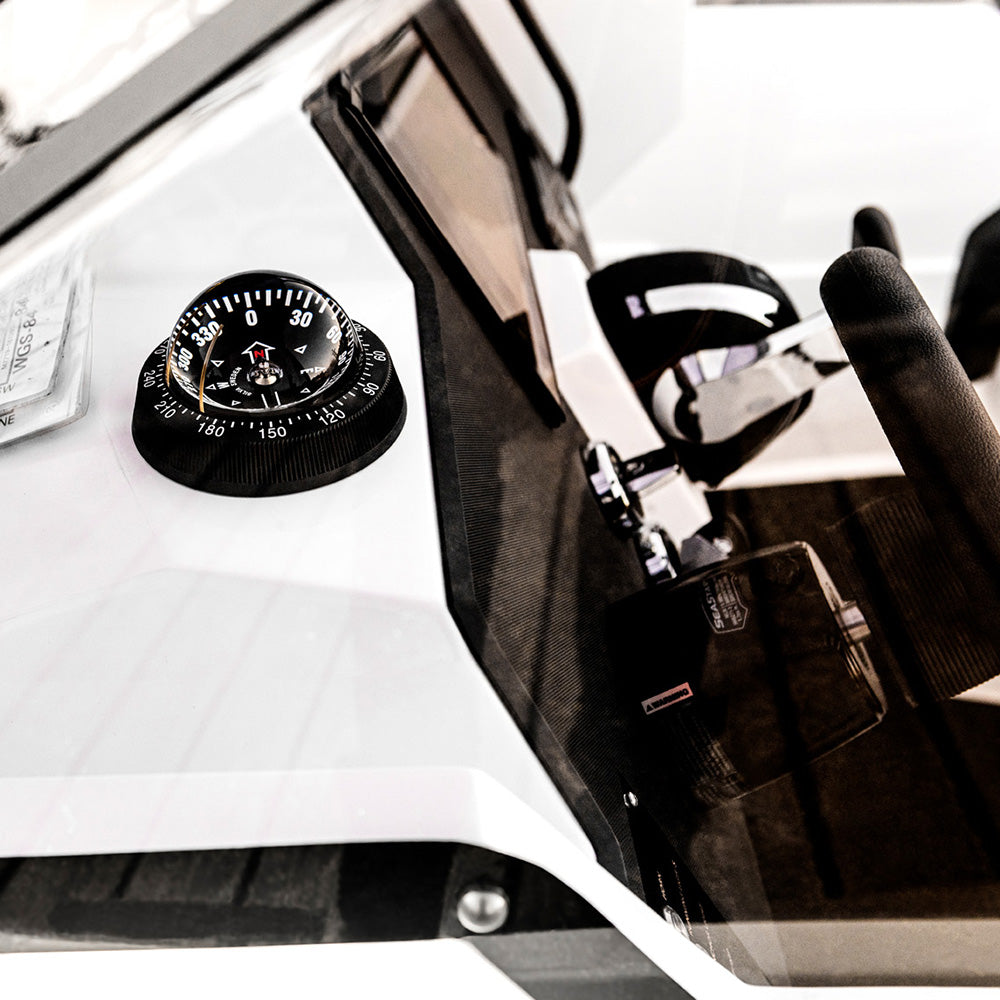

MOTOR BOAT COMPASSES FOR NAVIGATION AT FULL SPEED
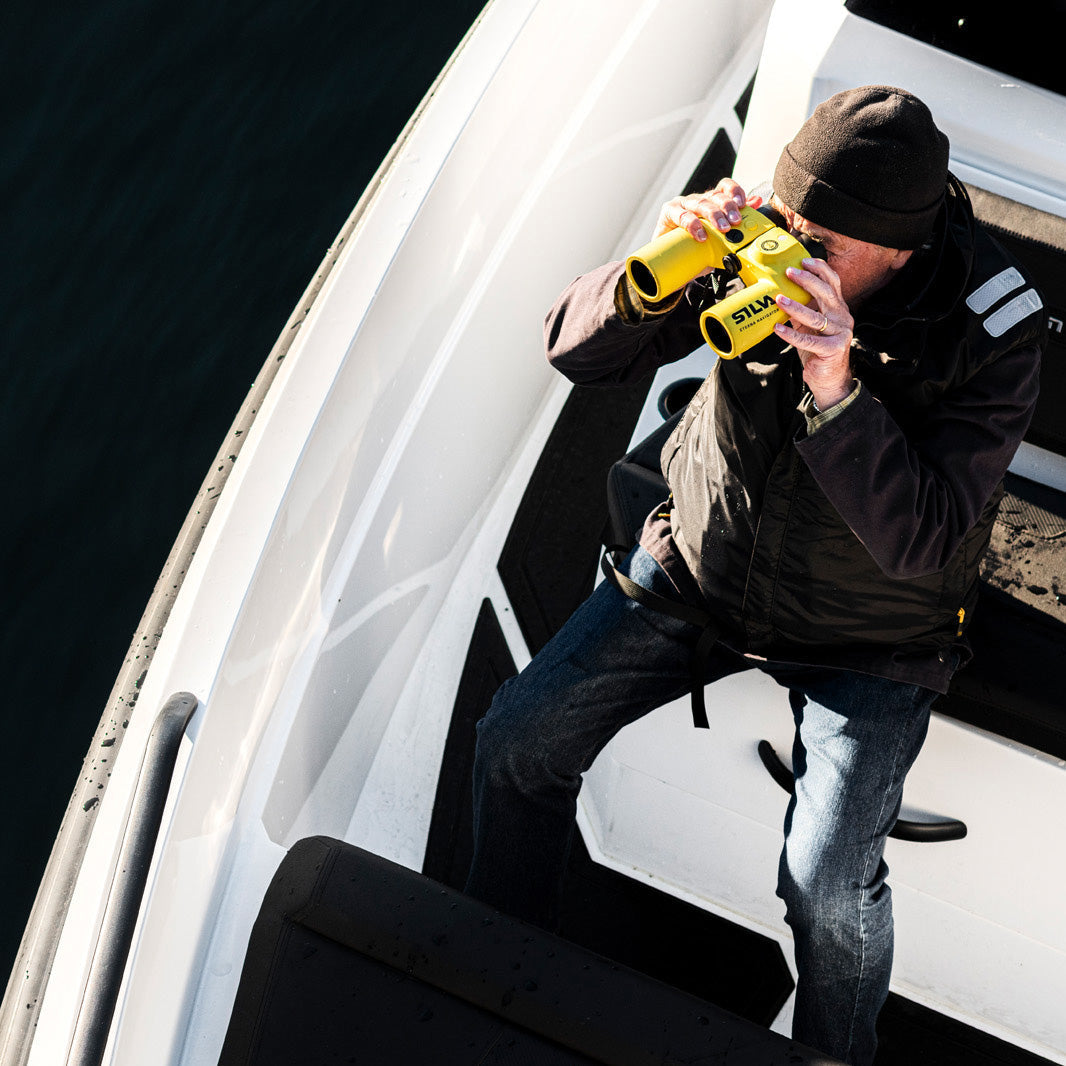
WITH FAST AND PRECISE DIRECTION
The motorboat compasses are made to facilitate navigation at high speeds in rough weather. Thanks to the fast and stable setting, you keep the right course even when it's windy on the lake.
Bulkhead mounting or flush mounting Several of the motorboat compasses can be mounted either with bulkhead mounting or with flush mounting. You choose what suits your particular boat best. However, remember to attach the compass properly so that it sits firmly when you accelerate.
Double scale and multiple guide lines Some motorboat compasses have a double scale, including the 85 compass, which gives you a better overview and more detailed information about the course. You can also advantageously choose a compass that has several guide lines that enable the reading of the course from several different angles.


CORRECT COURSE ON THE OPEN SEA WITH SAILING BOAT COMPASSES
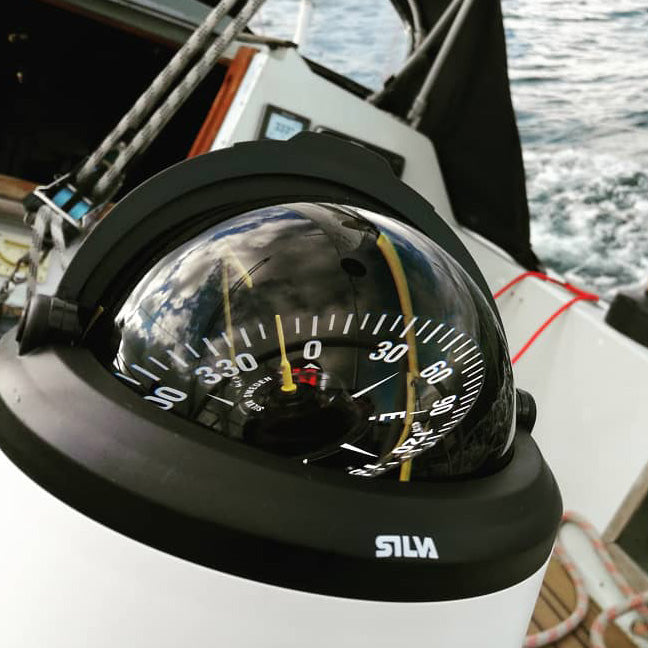
ROLLER COMPENSATION
The sailboat compasses are optimized to cope with severe heeling and compensate for any pitching and rocking that occurs on open water. The compasses have a larger capsule and are available with pedestal mounting for a better overview.
Control bar and built-in compensator
Thanks to several guide lines on the capsule, you can easily read the direction from several angles when handling your boat. It gives you more freedom regarding the placement of the compass on the boat. Most sailing compasses also have a built-in compensator that handles disturbances caused by magnetic fields.
Eliminate parallax errors
The top models 125FTC and 125T also have an extended shadow stick in the middle of the compass housing which, among other things, helps to eliminate parallax errors.
Photo: @erikaanderaa
FOR SAILING BOAT COMPASSESTHERE IS ALWAYS MORE TO DISCOVER

Paddle along the coast of Norway
Norwegian Daniel Salbu will paddle the entire Norwegian coastline
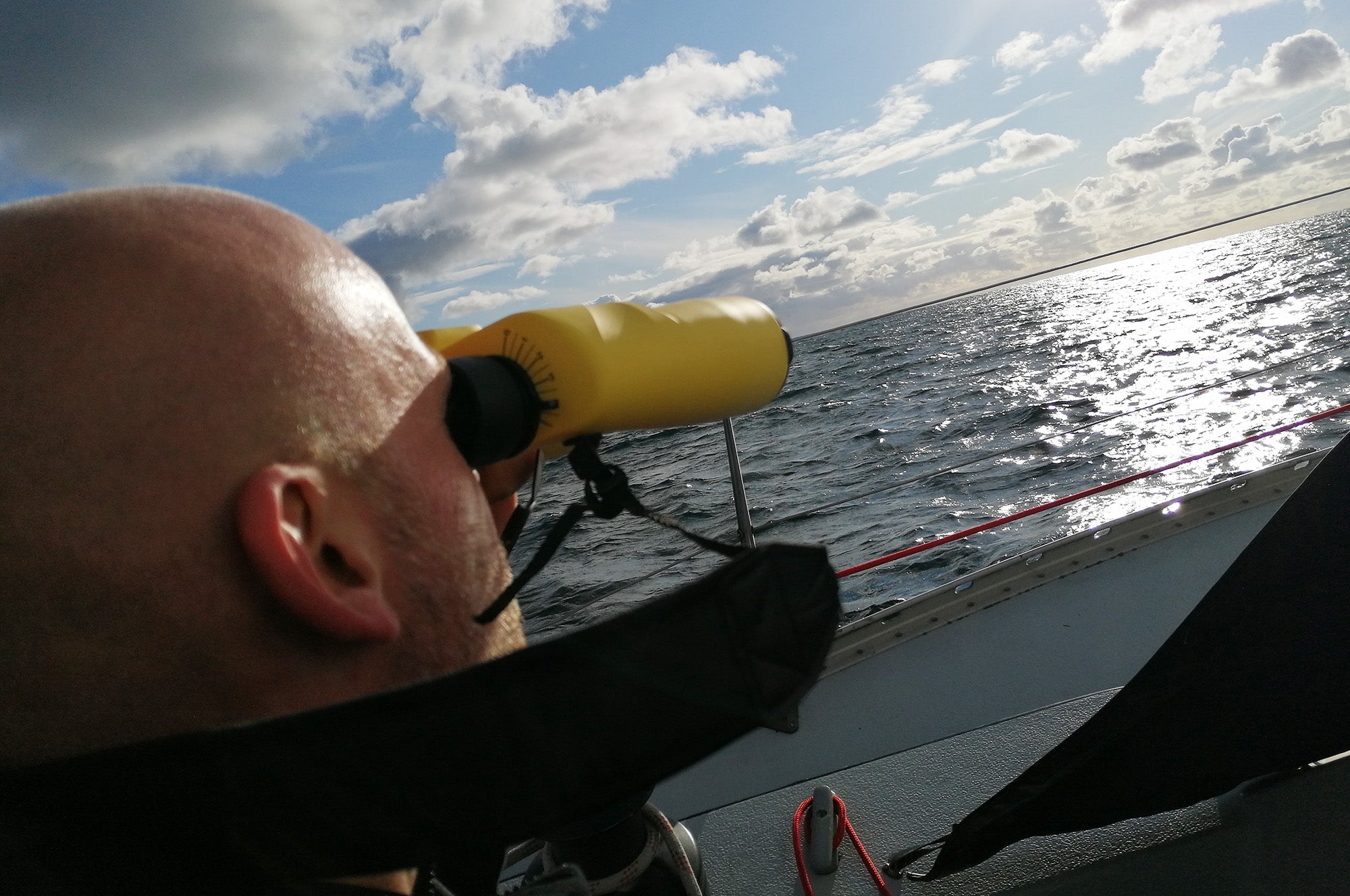
Erik Aanderaa almost always sails solo but has hundreds of thousands of followers with him

The difference between compasses adapted for sailboats or motorboats

Get to grips with magnetic compasses, roll compensation, deviation and declination.
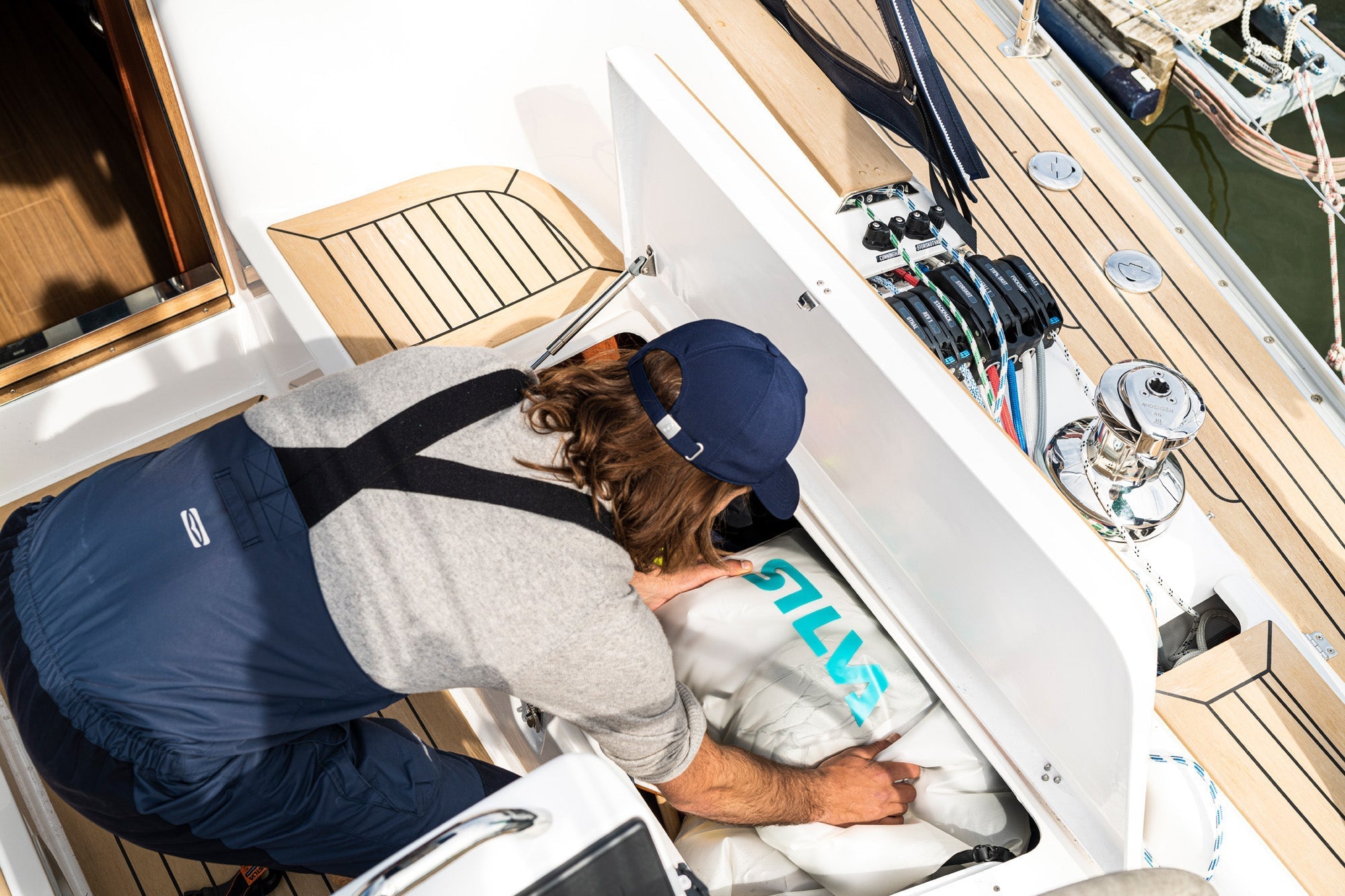
Pack smart, light and dry with colour-coded and waterproof Dry Bags - available in several sizes.
Are you in the right place
Please select your store








